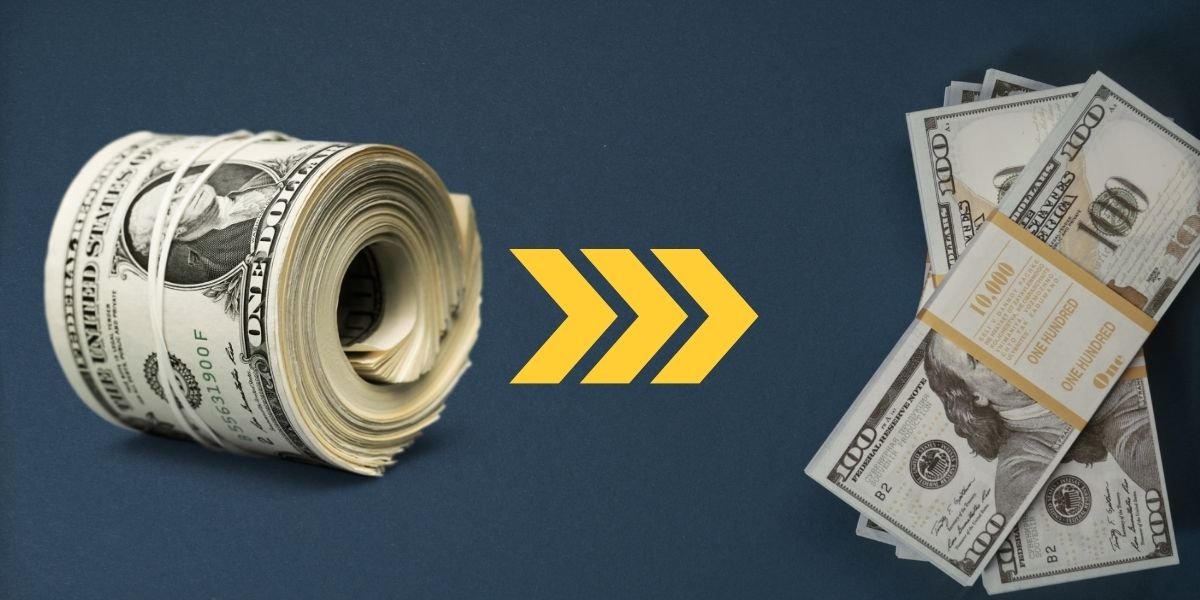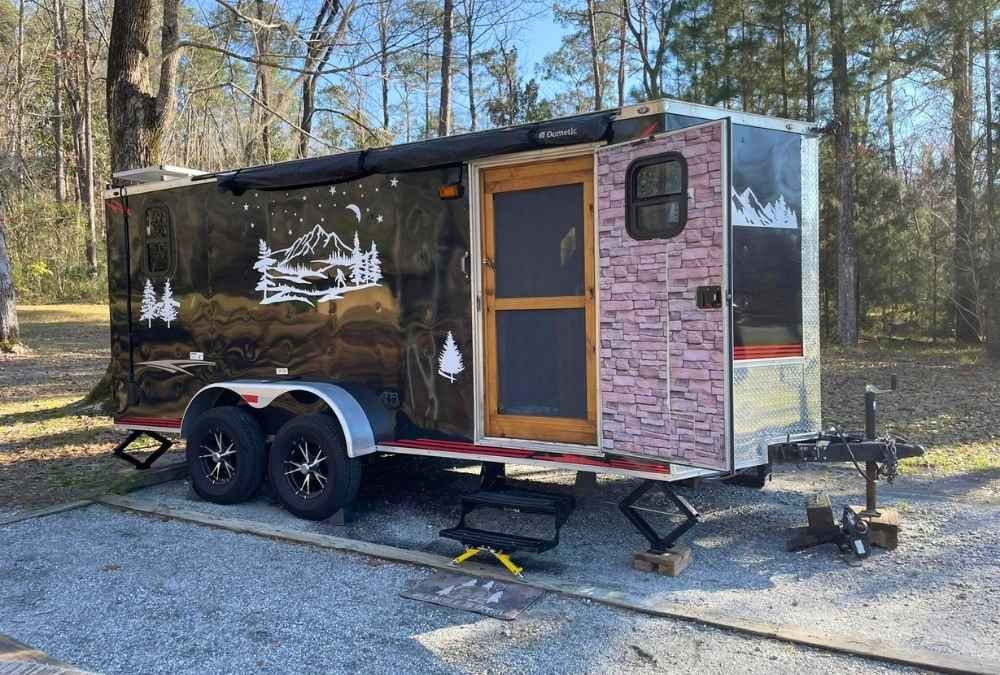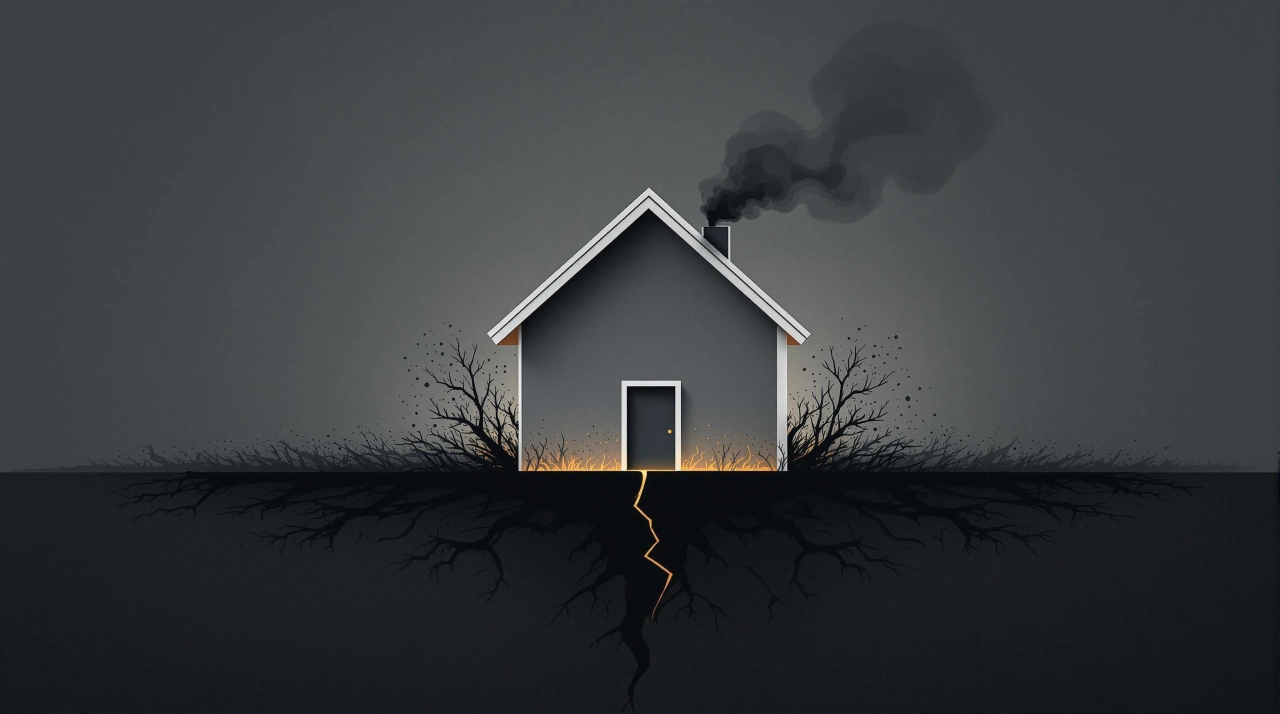
Your home is often hailed as the cornerstone of the American Dream—a symbol of stability, wealth, and security. For many, it represents decades of hard work, a place to raise children, and a financial safety net for emergencies. But what if this “safety net” is actually a trap? The allure of home equity—a homeowner’s stake in their property—has led millions to treat their homes as ATM machines, borrowing against their value to fund education, vacations, or even speculative investments. Yet, as countless families have learned the hard way, over-reliance on home equity can turn a financial asset into a crushing liability.
This article explores how market volatility, interest rate hikes, and unforeseen life events can transform home equity from a source of security into a financial burden. By blending real-life stories with expert insights, we’ll reveal why your home should never be your sole financial lifeline—and how to protect yourself from the mirage of “equity as wealth.”
1. Understanding Home Equity: The Illusion of Control
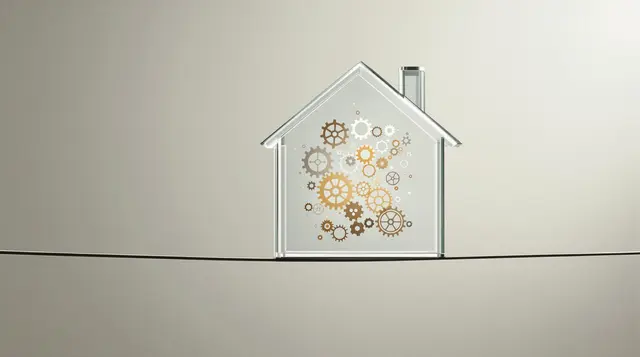
Home equity is defined as the difference between your home’s market value and the outstanding balance on your mortgage. For example, if your home is worth $400,000 and you owe $250,000, you have $150,000 in equity. This figure often grows over time as you pay down your mortgage or as property values rise. Banks and lenders allow homeowners to “tap into” this equity through loans, HELOCs (home equity lines of credit), or cash-out refinancing, often at lower interest rates than credit cards or personal loans.
The Problem: Equity feels like “free money,” but it’s not. Every dollar borrowed against your home increases your debt load and reduces your financial flexibility. A 2024 study found that the average U.S. homeowner gained $5,700 in equity over the previous year, yet HELOC balances rose by $7 billion collectively, outpacing home value growth . This mismatch signals a dangerous trend: homeowners are borrowing faster than their homes are appreciating.
Emotional Contrast: Imagine a couple who refinanced their home to fund a kitchen remodel, only to see their property value stagnate due to a local economic downturn. Instead of building wealth, they now owe more than their home is worth—a scenario known as being “underwater.”
2. The Risks: When Home Equity Turns Toxic
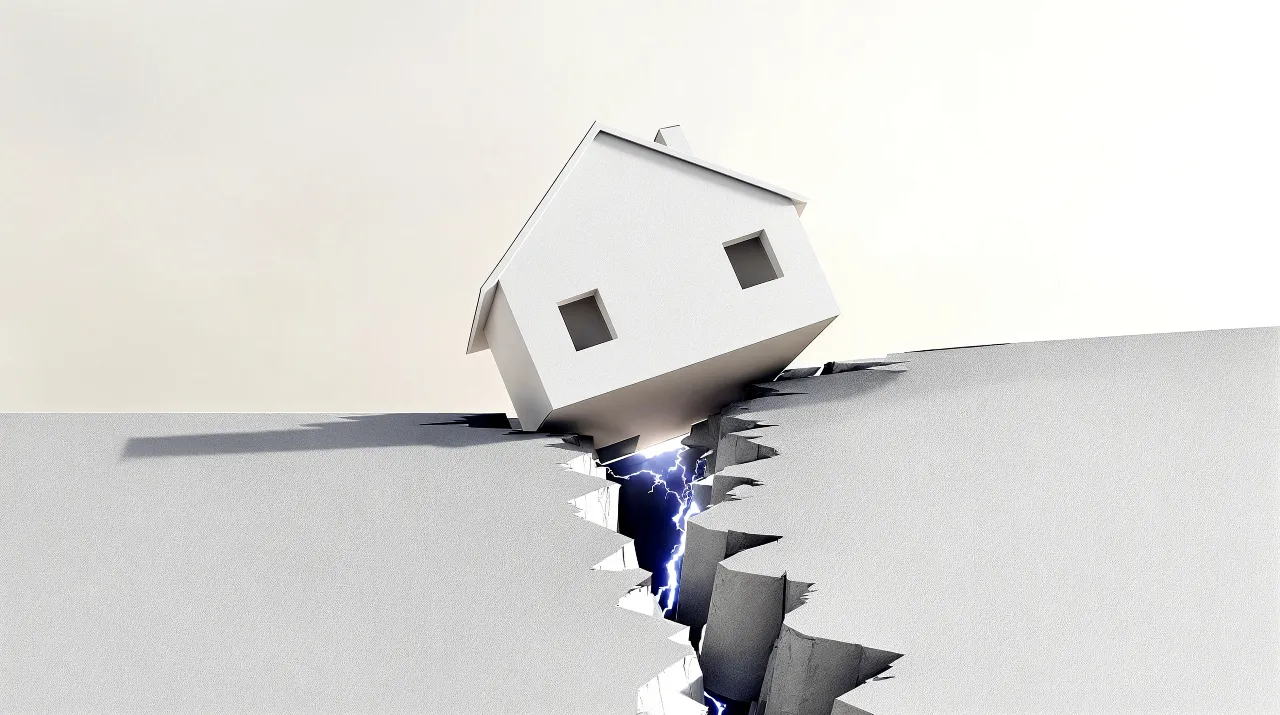
A. Market Fluctuations: The 2008 Crisis Revisited
The 2007–2008 financial crisis exposed the fragility of home equity. Millions of Americans saw their homes’ values plummet by 30–50%, leaving them owing far more than their properties were worth. By 2012, 11.1 million U.S. homeowners were “underwater” on their mortgages .
Recent Trends: In 2024, rising interest rates and inflation slowed home price growth in many regions. A homeowner who borrowed $100,000 against their equity in 2023 might find their home’s value unchanged or even lower by 2025, making it impossible to refinance or sell without losing money .
Expert Warning: “Equity is a paper gain until you sell. Betting your financial future on it is gambling,” says Kimberly Foss, a certified financial planner .
B. Interest Rate Volatility: The HELOC Time Bomb

Home equity loans often have fixed rates, but HELOCs are tied to variable interest rates, which can spike with Federal Reserve policy changes. In 2024, the average HELOC rate was 8%, but could rise to 10% or higher if the Fed hikes rates again .
Case Study: A retiree in Florida used a HELOC to cover medical bills after her husband’s cancer diagnosis. When rates rose from 4% to 7%, her monthly payments doubled, forcing her to delay treatment .
C. Unexpected Expenses: The Widow’s Dilemma
A 62-year-old widow in Ohio borrowed against her home equity to pay for her husband’s funeral and medical debts. When the COVID-19 pandemic hit, her part-time job vanished, and her lender froze her HELOC credit line, leaving her unable to make payments. She ultimately lost her home to foreclosure .
Statistic: 60% of Americans couldn’t cover a $1,000 emergency without borrowing, highlighting the danger of relying on home equity as a “safety net” .
3. The Psychological Trap: Why We Overlook the Dangers

Humans are wired to view homes emotionally, not financially. A 2024 survey found that 70% of homeowners see their property as their “primary investment,” despite experts recommending homes make up no more than 20–30% of net worth .
Cognitive Bias: The “endowment effect” makes us overvalue our homes, while “optimism bias” leads us to underestimate risks like job loss or market crashes.
Social Pressure: Cultural narratives like “Your home is your nest egg” normalize risky borrowing, while financial illiteracy leaves many unaware that HELOCs can be frozen or canceled by lenders .
4. Real-Life Consequences: Stories of Downfall
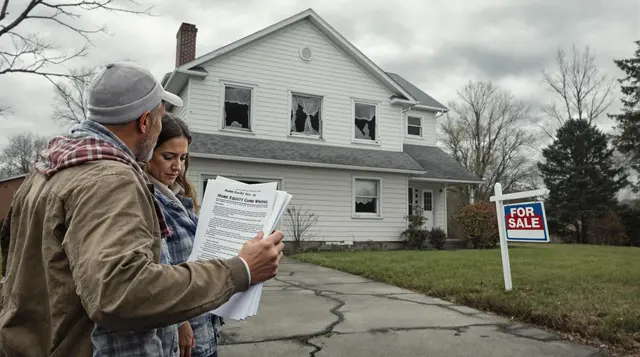
The Small Business Owner’s Gamble
John, a 45-year-old entrepreneur in Texas, borrowed $300,000 against his home equity to expand his restaurant chain. When the pandemic forced closures, his revenue dropped 80%, and he couldn’t repay the loan. His lender foreclosed, and John’s credit score plummeted, leaving him unable to secure new financing .
The Widow’s Frozen HELOC
Maria, 58, relied on her HELOC to supplement her pension after her husband died. When her lender abruptly froze her credit line during the 2020 recession, she couldn’t afford property taxes and was forced to sell her home at a loss .
Expert Analysis: Housing economist Jed Kolko warns, “Mass foreclosures hurt entire communities, driving down property values and increasing unemployment. Home equity risks aren’t just personal—they’re systemic” .
5. Expert Advice: Navigating Home Equity Safely

Rule #1: Borrow Sparingly
Use equity only for high-ROI projects like renovations that boost your home’s value or consolidating high-interest debt. Financial advisor Marguerita Cheng advises, “Never borrow against your home for depreciating assets like cars or vacations” .
Rule #2: Diversify Your Wealth
Aim for your home to represent no more than 30% of your net worth. Invest in retirement accounts, stocks, or rental properties to avoid “house poor” syndrome .
Rule #3: Monitor Markets
Track local real estate trends and interest rate forecasts. If your home’s value stagnates or rates rise, avoid borrowing.
Rule #4: Plan for Repayment
Create a debt-reduction timeline. For example, if you borrow $50,000 at 7%, aim to repay it within 10 years to avoid compounding interest .
Action Steps:
- Build a 6–12-month emergency fund before tapping equity.
- Use amortization calculators to model loan payoff scenarios.
- Consult a fiduciary advisor to stress-test your budget.
Conclusion: Reclaiming Financial Freedom
Your home is a sanctuary, not a slot machine. While home equity can be a powerful tool, treating it as your primary financial safety net is a recipe for disaster. By diversifying your wealth, borrowing responsibly, and planning for the unexpected, you can transform your home from a liability back into the asset it was meant to be.
As financial planner Thanasi Panagiotakopoulos warns, “Home equity should never be accessed for speculative purposes. Your home is a roof over your head—not a get-rich-quick scheme” . The key to financial security lies not in chasing the mirage of equity, but in building a balanced, resilient plan for the future.




